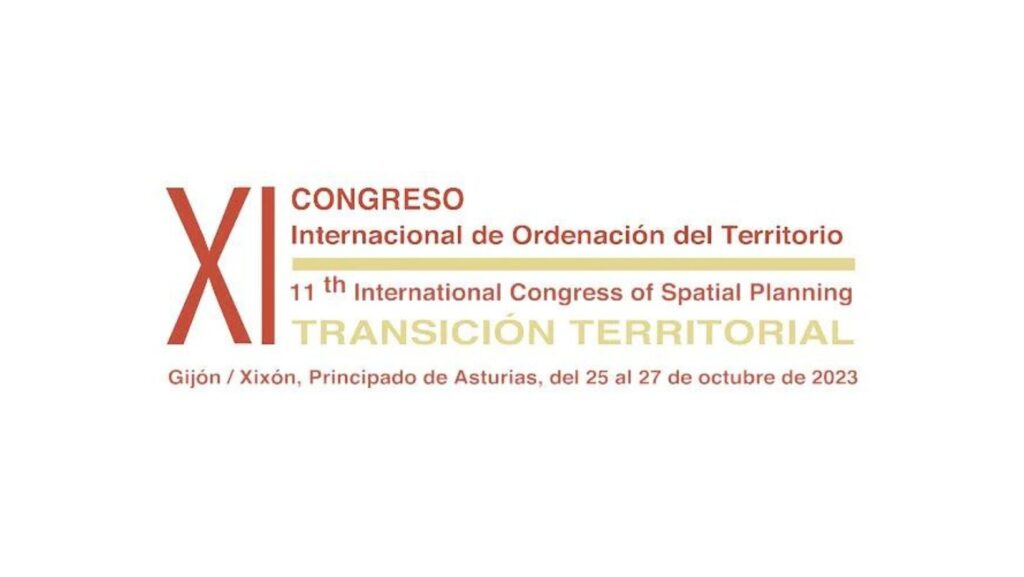The vaccine developed at Brazil’s Federal University of Paraná (UFPR) against COVID-19 should complete its preclinical testing phase by the end of 2021. Researchers estimate that by 2022, the immunizer can be made available to the general population, if approved in pre-clinical and clinical tests.
The vaccine has been entirely developed using Brazilian materials and production technology, a result of UFPR’s research with biodegradable biopolymers and specific parts of viral proteins. In addition, the vaccine is cost-effective. According to the researchers, at the moment it costs less than R$5,00 (approximately US$0,92 at the current exchange rate) to manufacture each dose.


The UFPR vaccine has multifunctional characteristics, meaning that it can be recombined to act as an immunizer for other diseases, such as dengue, zika virus, leishmaniasis, and chikungunya.
“This vaccine is going to be strategic and necessary in 2022, 2023, perhaps even further. It is very low cost, which makes it possible for technological autonomy in the future, since the current wait time for the API (active pharmaceutical ingredient) from India and China has been problematic. It is a vaccine with a technological mechanism and immunization that so far has shown to be very promising,” said the rector of UFPR, Professor Ricardo Marcelo Fonseca.
Preclinical phase
To complete the preclinical testing phase, UFPR has signed an agreement with the government of Paraná. In total, the state will transfer R$995,000 (approximately US$186,000) to the university, R$700,000 (approximately US$131,000) for the purchase of equipment and research costs, and R$295,000 (approximately US$55,000) for the payment of fellowships for post-doctoral researchers to make this phase possible. Next, with the authorization of the Brazilian Health Regulatory Agency (Anvisa), the clinical trials will begin, at which point new partners and new financial resources will be required.
“We are investing in UFPR’s initiative to have a vaccine from the state of Paraná. (…) It is only by investing in science and technology that we can achieve results. We are optimistic about this path taken by UFPR and very hopeful about the future,” said Paraná’s Superintendent of Science, Technology and Higher Education, Aldo Nelson Bona.


Nanotechnology
The technology used in UFPR’s vaccine involves the production of particles of a biodegradable polymer, coated with specific parts of the Spike protein, the one responsible for the entry of SARS-CoV-2 into our cells.
This protein is produced with the aid of Escherichia coli bacteria, that is, in a form capable of adhering to the polymer. The vaccine is composed of the polymer and the synthetic protein, with protein S on the particles’ surface, similar to the virus itself. With this solution, it is not necessary to use the whole coronavirus to produce the vaccine.
According to Professor Emanuel Maltempi de Souza, this configuration of nanoparticles induces an effective response. “The body tends to recognize the particle, take it apart, pick up the parts that are sensitive, and make antibodies against them. So it is important that they are in that format.”
Although there are other vaccines being developed with this principle, the difference in the project developed at UFPR is in the nanoparticle that houses the Spike protein. The polymer used is biodegradable and biocompatible, i.e., it has no toxic effects on the body, as explained by the professor. “If we inject this material into a person, we don’t expect any response. Now, if we coat it with the virus proteins, we will get a response only against those proteins.”
Another unique feature of the UFPR vaccine is that the biopolymer plays two roles: besides carrying the proteins around it, it is an adjuvant. In other words, it increases the immune response without the need to induce a second substance.


Current Stage
Tests in mice have revealed that after two doses of the vaccine, the amount of antibodies produced reached a higher concentration than the AstraZeneca/Oxford partnership.
However, to progress to clinical testing, three key trials are still needed. The first one is Neutralization, where the aim is to see how long the antibody level remains high in the animals’ bodies. In addition, it is necessary to prove whether these antibodies are able to block infection by the virus, the so-called neutralizing effect. “What we are looking at now is how long this response lasts, to determine whether the effects of the vaccine are transient or long-lasting,” explains Souza.
The next step will be the animal protection trial, in which the best dose of the vaccine to protect the organism will be verified. For this, animals, vaccinated or not, will be exposed to the live virus.
Finally, the toxicological test will verify if different concentrations of the vaccine can bring side effects to the animal as a whole, such as fever, liver or kidney damage. Only with the toxicological test concluded will it be possible to request Anvisa’s authorization for clinical trials.
Transportation in powder form
A study is under consideration for the UFPR vaccine to be transported in powder form to the vaccination sites. The goal is to facilitate the logistics of transportation and storage in the country, lowering the costs and facilitating the process. “That is, we want to remove all the liquid and transform this suspension of particles into a powder so that it can be transported and stored in this form until the time of administration. It may be an advantage given the existing Brazilian infrastructure,” explains Professor Marcelo Müller dos Santos.
Nasal spray
A second approach of the project developed by UFPR is the study of a nasal preparation to combat the coronavirus, since SARS-CoV-2, like all viruses, enters naturally through the respiratory tract. “If we protect the respiratory tract, it prevents the virus from spreading to the body,” summarizes Professor Emanuel.
The novelty showed good results in immunization, in addition to creating a barrier for the virus right at the entrance door of the human organism. “This can be done with an adaptation of the particles. The immunizer remains the same, but the particle is modified. (…) They were able to activate the immune system and generate antibodies, including the IgA type, which are normally produced by the immune system in the mucosa,” explained Professor Marcelo.
Professor Breno Castello Branco Beirão points out that the spray immunizer also reduces coronavirus transmission. “In the injectable vaccines, the effect on the transmission of the virus is smaller. So, we have this expectation that the vaccine can eventually be administered this way. The tests of the two forms are progressing in parallel.
At the moment, the team is measuring the concentration of antibodies generated by this immunization route in mice. One of the possibilities is the proposal of a combined protection between vaccine and nasal preparation, to ensure the non-propagation of the virus even after immunization.
Partnerships
The project being developed by UFPR already has already secured funding from the National Council for Scientific and Technological Development (CNPq), in partnership with the Ministry of Science, Technology, Innovation and Communications (MCTIC), amounting to R$ 230,000 (approximately US$42,300).
Souza points out that many research projects do not reach the clinical phase, and the funding can overcome this obstacle. “If we don’t move forward, we will be dependent on those who have the technology, as we are at the moment,” he summarizes.
For the researcher, the contribution from the State Government increases the possibility of a 100% Brazilian vaccine being produced at an industrial level. “It is a solution that can be implemented here in Brazil. We have factories that can produce the recombinant protein; UFPR can produce the polymer and assemble the nanoparticle. These are laboratory-based processes, supported by published research and feasible to take to an industrial scale.”
This article was translated by UFPR’s Academic Publishing Advisory Center (CAPA)




